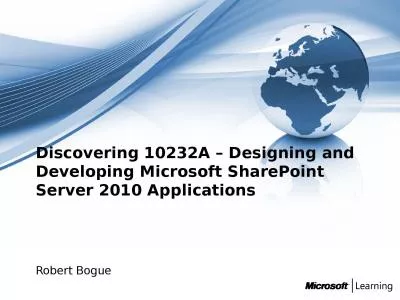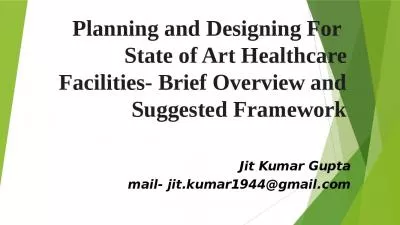PPT-What questions did the Framers consider when designing the
Author : tawny-fly | Published Date : 2016-04-23
Vocabulary d eliberative body Electoral College e numerated powers n ecessary and proper clause s eparated powers s hared powers What did the delegates think of
Presentation Embed Code
Download Presentation
Download Presentation The PPT/PDF document "What questions did the Framers consider ..." is the property of its rightful owner. Permission is granted to download and print the materials on this website for personal, non-commercial use only, and to display it on your personal computer provided you do not modify the materials and that you retain all copyright notices contained in the materials. By downloading content from our website, you accept the terms of this agreement.
What questions did the Framers consider when designing the: Transcript
Download Rules Of Document
"What questions did the Framers consider when designing the"The content belongs to its owner. You may download and print it for personal use, without modification, and keep all copyright notices. By downloading, you agree to these terms.
Related Documents

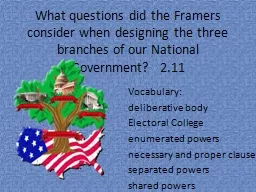
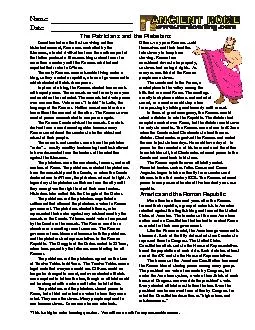
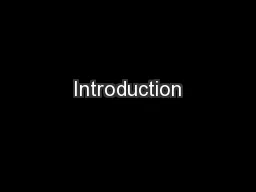
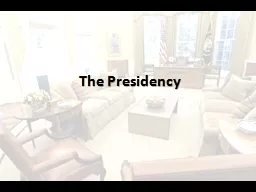
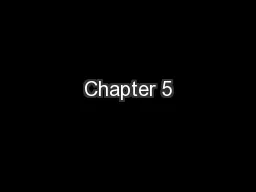
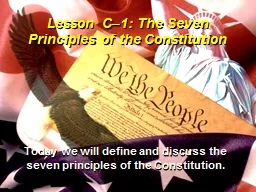
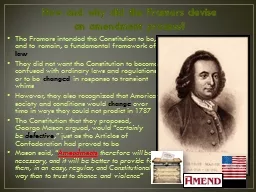

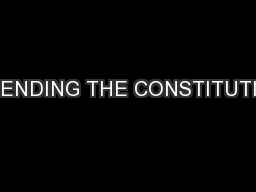
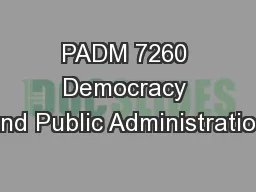
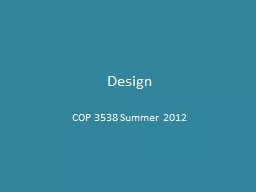
![[DOWNLOAD] The Roof Framers Field Manual](https://thumbs.docslides.com/1004772/download-the-roof-framers-field-manual.jpg)
